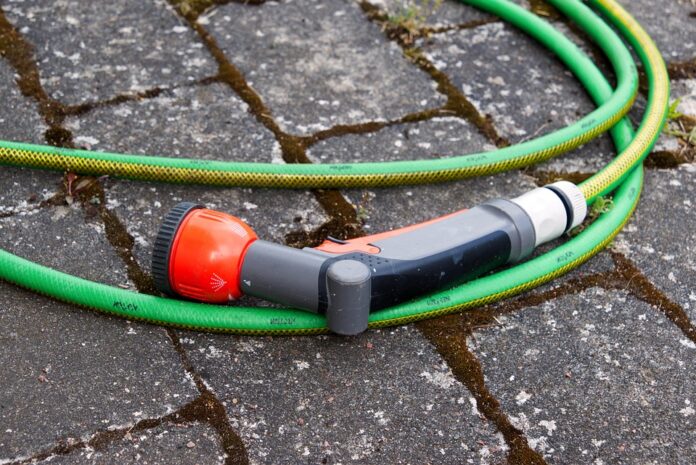Introduction
Water scarcity is a growing concern globally, with agriculture being one of the largest consumers of water resources. Regulated deficit irrigation (RDI) systems have emerged as an effective technique to conserve water while maintaining crop productivity. In this report, we will explore the concept of RDI and the various techniques used to save water in agriculture through its implementation.
Understanding Regulated Deficit Irrigation
Regulated deficit irrigation is a water-saving strategy that involves intentionally applying less water to crops than they require for optimal growth. This controlled water stress can lead to improved water use efficiency and can help in reducing water consumption in agriculture. By carefully managing the timing and amount of water applied, farmers can achieve significant water savings without compromising crop yield.
Benefits of Regulated Deficit Irrigation
– Water Conservation: RDI allows farmers to reduce water usage while still maintaining acceptable crop yields.
– Increased Water Use Efficiency: By applying water strategically, RDI can improve the efficiency of water utilization by crops.
– Cost Savings: With reduced water usage, farmers can save on water costs, leading to financial benefits.
– Environmental Sustainability: RDI can help in mitigating water scarcity and reducing the environmental impact of agriculture.
Techniques for Water Saving through RDI Systems
1. Soil Moisture Sensors
Soil moisture sensors are used to measure the moisture content in the soil, allowing farmers to precisely determine when and how much water to apply. By using this technology, farmers can avoid over-irrigation and optimize water usage, leading to significant water savings.
2. Mulching
Mulching is a technique where a layer of organic or synthetic material is placed on the soil surface to reduce evaporation and retain soil moisture. By using mulch, farmers can conserve water and improve the efficiency of irrigation in RDI systems.
3. Drip Irrigation
Drip irrigation is a method of applying water directly to the roots of plants, minimizing water loss through evaporation and runoff. By using drip irrigation in RDI systems, farmers can achieve precise water application and reduce overall water usage.
Financial Data and Industry Insights
According to a report by the Food and Agriculture Organization (FAO), implementing regulated deficit irrigation techniques can result in water savings of up to 30% in agriculture. This significant reduction in water usage can lead to cost savings for farmers and contribute to the sustainability of agriculture.
Companies like Netafim, Jain Irrigation Systems, and Lindsay Corporation are leading providers of irrigation technologies, including RDI systems. These companies offer a range of products and services to help farmers implement water-saving techniques in their agricultural practices.
In conclusion, regulated deficit irrigation systems offer an effective solution for conserving water in agriculture. By using techniques such as soil moisture sensors, mulching, and drip irrigation, farmers can achieve significant water savings while maintaining crop productivity. With the growing focus on water sustainability, RDI systems are becoming increasingly important in modern agriculture.
Implementing regulated deficit irrigation techniques can result in water savings of up to 30% in agriculture.


